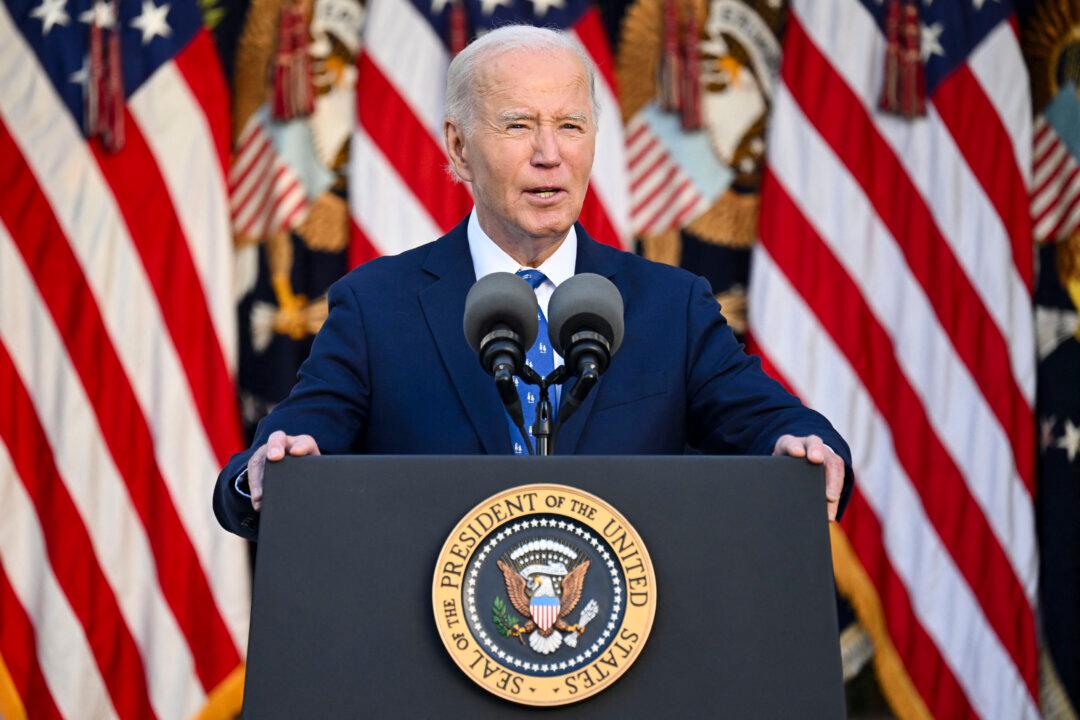South Korea has successfully launched a solid-fuel rocket on March 30, the Defense Ministry said, marking an“ important milestone” in the country’s efforts to enhance its space-based surveillance capabilities.
“[The test] came at a very grave juncture in which North Korea has recently breached its moratorium and launched an ICBM [intercontinental ballistic missile],” the ministry said.
“Regarding space as a core realm that significantly affects national security, [South Korea] will strengthen space defense capabilities based on inter-service cooperation at an early date,” it added.
The test aimed to “verify core technologies for space launch vehicles,” including the projectile’s fairing separation and upper-stage attitude control technology. The ministry also noted that South Korea plans to launch a spy satellite into orbit using a solid-fuel rocket.
A solid-fuel rocket has simpler structures and is less expensive to manufacture than the Nuri liquid-fuelled rocket launched last October, which failed to deliver a dummy satellite into orbit due to technical difficulties, according to the ministry.

The Hwasong-15 missile flew 596 miles (960 kilometers) at a maximum altitude of 2,796 miles (4,500 kilometers) when it was launched in 2017, while the recent ICBM traveled 681 miles (1,090 kilometers) at a maximum altitude of 3,905 miles (6,248.5 kilometers).
It added that Pyongyang may have intended to deceive its rivals into believing it possessed advanced ICBM technology to solidify its image as a military power and increase its leverage in future negotiations.
North Korea has conducted more than 10 missile tests this year, including two launches of reconnaissance satellites on March 4 and Feb. 27, which the United States said involved a new ICBM that Pyongyang first unveiled during a military parade in 2020.





